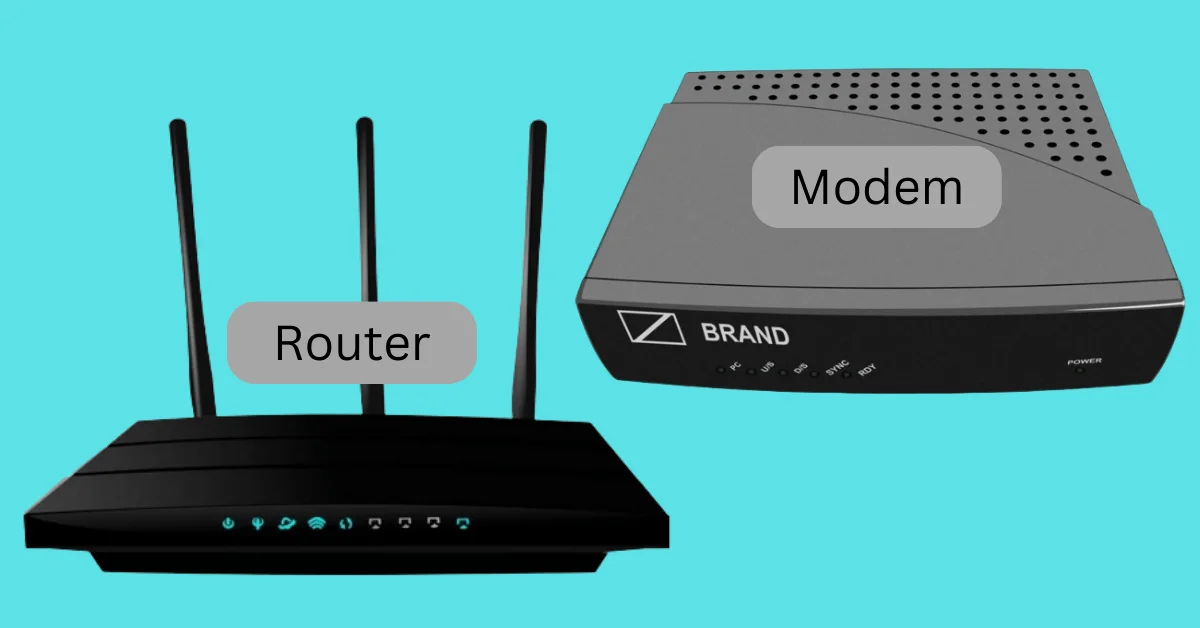About The Author
Sher Gole
I’m Sher Gole, a tech blogger, website developer, and the creator of TechSherGole. I simplify complex tech topics, covering gadgets, software, and AI trends. When I’m not writing, I explore new technologies and enhance web experiences.
Related Posts
Is Telegram Safe to Use In 2026? : Navigating Telegram’s Safety
Share this articleIs Telegram Safe to Use In 2026? : Navigating Telegram’s Safety Introduction: Is telegram safe to use in…
Revealing the AI Chatbot of Elon Musk: A Guide to Grox in 2026
Share this articleRevealing the AI Chatbot of Elon Musk: A Guide to Grox in 2026 Introduction: the AI Chatbot of…




This web site is really a walk-through for all of the info you wanted about this and didn’t know who to ask. Glimpse here, and you’ll definitely discover it.
Can you be more specific about the content of your article? After reading it, I still have some doubts. Hope you can help me.